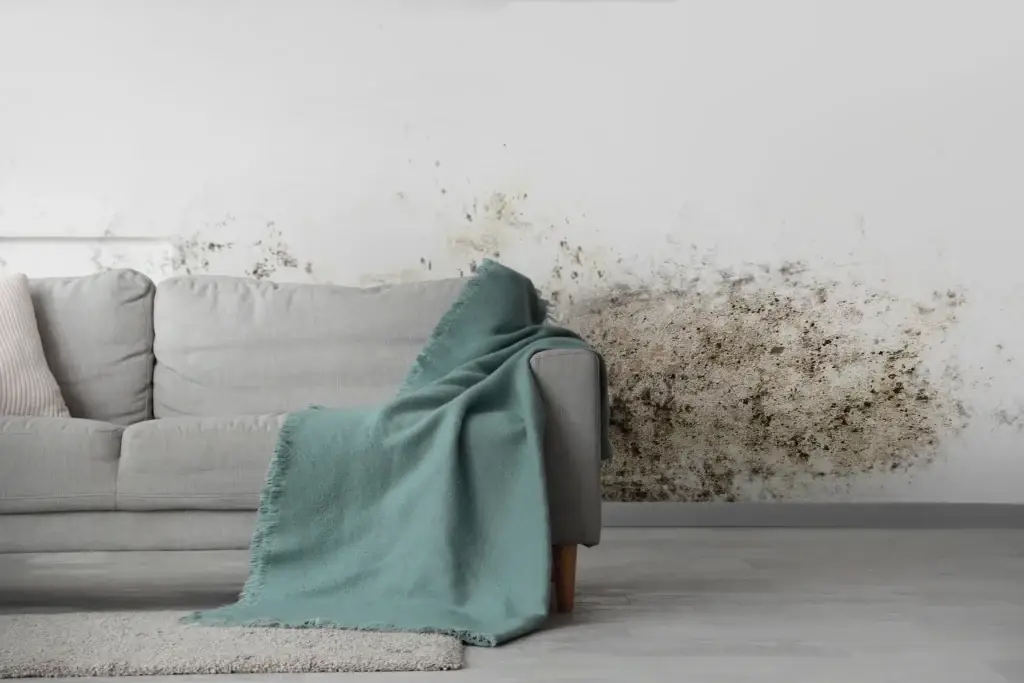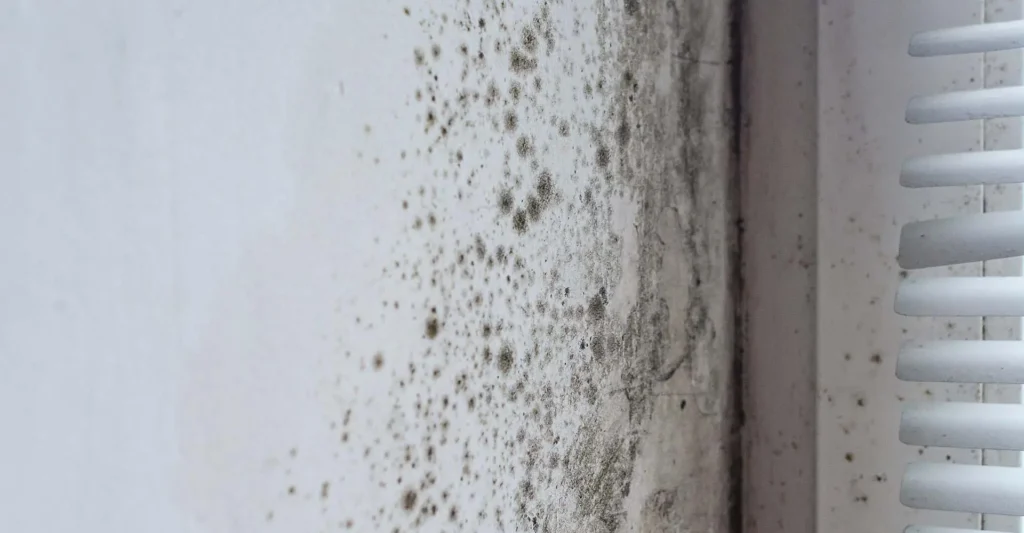For UK property owners managing insurance claims after fire damage, immediate action is crucial. First, prioritise safety and ensure emergency services have cleared the property, then contact your insurer immediately. Meticulously document everything with photos, videos, and a detailed inventory of all damage. It’s vital to understand your policy’s coverage (buildings, contents, excess) and your responsibility to mitigate further damage to the property, for instance, from water or soot. Engaging professional fire damage restoration services is highly recommended; they can provide detailed reports, help liaison with loss adjusters, minimise secondary damage, and streamline the complex claims process for a smoother, successful recovery.
Skip to:
Insurance claims for fire damage
Navigating your UK fire insurance claim
How Ideal Response simplifies the fire damage claim process
Insurance claims for fire damage
Immediate steps after a fire: Safety first!
Prioritising personal safety
Notifying emergency services
Securing your property
Navigating your UK fire insurance claim: A step-by-step guide
Step 1: Contact your insurer immediately
- Have your policy number ready.
- Provide a brief overview of the incident.
- Ask about their claims process, what forms you need to complete, and what documentation they require.
- Request details of any emergency assistance or “trace and access” services they might offer.
Step 2: Document everything thoroughly
- Take copious photos and videos: Document every room, every item, and all visible damage before any clean-up or restoration begins. Focus on both the overall scene and close-ups of specific damage.
- Make a detailed inventory: List all damaged or destroyed items, including make, model, age, and estimated value if possible. Gather receipts if you have them.
- Keep a log of all communications: Note down dates, times, names of people you speak to (insurer, loss adjuster, contractors), and a summary of the conversation.
- Retain all related paperwork: Incident reports, police reports, receipts for emergency repairs, temporary accommodation, etc.
Step 3: Understand your policy (and its limitations)
- Buildings vs. contents: Does your policy cover just the structure (buildings insurance), your belongings (contents insurance), or both?
- Sum insured: Is your “sum insured” (the maximum amount your insurer will pay out) sufficient to rebuild or replace everything? Underinsurance can lead to reduced pay-outs.
- Excess: Understand the “excess” amount you’ll need to pay upfront before your insurer covers the rest of the claim.
- Alternative accommodation: If your home is uninhabitable, does your policy cover the cost of temporary living arrangements?
- “Like-for-like” replacement: Does your policy specify “new for old” replacement or does it depreciate items based on age and wear?
- Smoke and soot damage: Confirm your policy explicitly covers these, as they are often extensive even if fire damage is limited.
Step 4: Mitigate further damage (and why it matters)
- Preventing water damage: Water used to extinguish the fire can lead to significant secondary damage like mould growth or structural issues if not dried out immediately and correctly.
- Removing soot and odour: Soot is highly corrosive and can cause irreversible damage if not cleaned professionally. Lingering smoke odours can permeate every surface.
- Securing the site: Temporary boarding up or roof repairs prevent theft or further weather damage.
Step 5: Dealing with the loss adjuster
- Be prepared: Have all your documentation (photos, inventory, log) ready for their visit.
- Be honest and thorough: Provide accurate information. Do not exaggerate damage, but ensure all damage is noted.
- Walk through: Accompany them as they inspect the property, pointing out all areas of damage.
- Ask questions: Don’t hesitate to ask for clarification on their process or findings.
How Ideal Response simplifies your fire damage claim
- Detailed scope of works: We provide comprehensive, itemised reports and quotations for the restoration work needed, which are invaluable for your insurer and loss adjuster. These documents clearly outline the damage and the proposed remediation steps.
- Professional documentation: Our teams thoroughly document the damage with photos and reports, complementing your own evidence gathering.
- Liaison with insurers & loss adjusters: We have extensive experience working with insurance companies and their appointed adjusters. We can communicate directly with them, helping to clarify the restoration process and advocating for the necessary scope of work to restore your property fully.
- Minimising secondary damage: Our rapid response mitigates further damage (e.g., water damage from firefighting efforts, pervasive smoke odour), which is crucial for your claim’s validity and avoiding policy disputes.
- End-to-end restoration: From emergency boarding up and structural drying to advanced soot and odour removal, content cleaning, and full property refurbishment, we manage the entire restoration process, providing a single point of contact and simplifying complex projects.
Why expert restoration is key to a successful claim
- Specialised cleaning: Soot and smoke are highly corrosive and require specific cleaning agents and techniques that differ from ordinary cleaning.
- Odour removal: Lingering smoke odour cannot simply be painted over. Professional methods, like ozone treatment or hydroxyl generation, are needed to permanently neutralise odours.
- Structural drying: If water was used to extinguish the fire, proper structural drying prevents hidden mould growth and further material degradation.
- Accurate assessment: Professionals can identify hidden damage (e.g., heat damage to wiring, compromised framing) that might not be obvious to the untrained eye, ensuring your claim is comprehensive.
Conclusion: Don’t face fire damage alone
Need to speak to a specialist urgently? Call 01622 926 505
Understanding insurance claims after a UK property fire: Frequently asked questions
What are the immediate steps to take for a fire damage insurance claim in the UK?
For a fire damage insurance claim in the UK, immediately prioritise safety and ensure emergency services have declared the property safe to enter. As soon as it’s practical, contact your insurance provider to notify them of the incident, providing your policy number and a brief overview. Crucially, begin meticulously documenting all damage with photos and videos before any clean-up, and secure the property to prevent further loss or theft. Obtain a fire incident report or reference number from the fire brigade.
What types of damage does fire insurance typically cover in the UK?
Most standard UK home insurance policies cover fire damage, which typically includes the structural damage to your building (walls, roof, fixtures) and the loss or damage to your contents (furniture, belongings). Coverage also usually extends to smoke and soot damage, and often includes alternative accommodation costs if your home becomes uninhabitable during repairs. However, policy specifics vary, so always check your documentation for exact coverages and exclusions.
Why is detailed documentation crucial when making a fire damage insurance claim?
Detailed documentation is crucial when making a fire damage insurance claim because it serves as the primary evidence of your loss. Comprehensive records, including extensive photos and videos (before any clean-up), a detailed inventory of damaged items with estimated values, receipts, and a log of all communications with your insurer, help substantiate your claim. This meticulous evidence prevents disputes, strengthens your negotiation position, and can significantly speed up the settlement process.
What is the role of a loss adjuster versus a public loss assessor in a fire claim?
In a fire claim, a loss adjuster is appointed by and works for your insurance company to assess the damage and determine the insurer’s payout. They represent the insurer’s interests. In contrast, a public loss assessor is an independent professional you appoint (and pay) to represent your interests. They prepare and submit your claim, provide expert assessments, and negotiate directly with the insurer’s loss adjuster to help you achieve the maximum possible settlement for your fire damage.
How can professional fire damage restoration services help with my insurance claim?
Professional fire damage restoration services significantly help with your insurance claim by providing detailed, itemised scopes of work and quotations that insurers require. They meticulously document the damage, including hidden issues not visible to an untrained eye. Restoration companies can liaise directly with your insurer and loss adjuster, clarifying technical aspects and advocating for the necessary scope of repairs. Their rapid response also helps mitigate secondary damage, which is crucial for claim validity and a smoother process.
Will my UK home insurance cover alternative accommodation after a fire?
Yes, many UK home insurance policies typically cover alternative accommodation if your property becomes uninhabitable due to fire damage. This provision pays for temporary housing while your home is being repaired, often in a similar property within your local area to minimise disruption. The exact amount and duration of cover depend on your policy’s limits, so it’s essential to check your specific terms and conditions.
How long does it take for a fire damage insurance claim to be settled in the UK?
The timeframe for a fire damage insurance claim to be settled in the UK can vary greatly depending on the severity and complexity of the damage. Simple claims might be resolved within a few weeks, while complex cases involving extensive damage, multiple parties, or disputes could take several months or even longer. Prompt notification, thorough documentation, and effective communication with your insurer or a loss assessor can help expedite the process.

Kayleigh Owen - Technical Account Manager
With years of dedicated experience in the disaster recovery industry, Kayleigh Owen brings a precise and insightful approach to every project. Holding a BSc Hons Degree, Kayleigh specialises in construction and major loss, expertly navigating the complexities of large-scale fire and flood events. Having spent her entire industry career at Ideal Response, she has honed a deep understanding of what it takes to restore properties and lives with efficiency and empathy. Kayleigh believes that meticulous planning and clear communication are the cornerstones of transforming disaster into recovery, ensuring every client receives not just a solution, but true peace of mind.





















